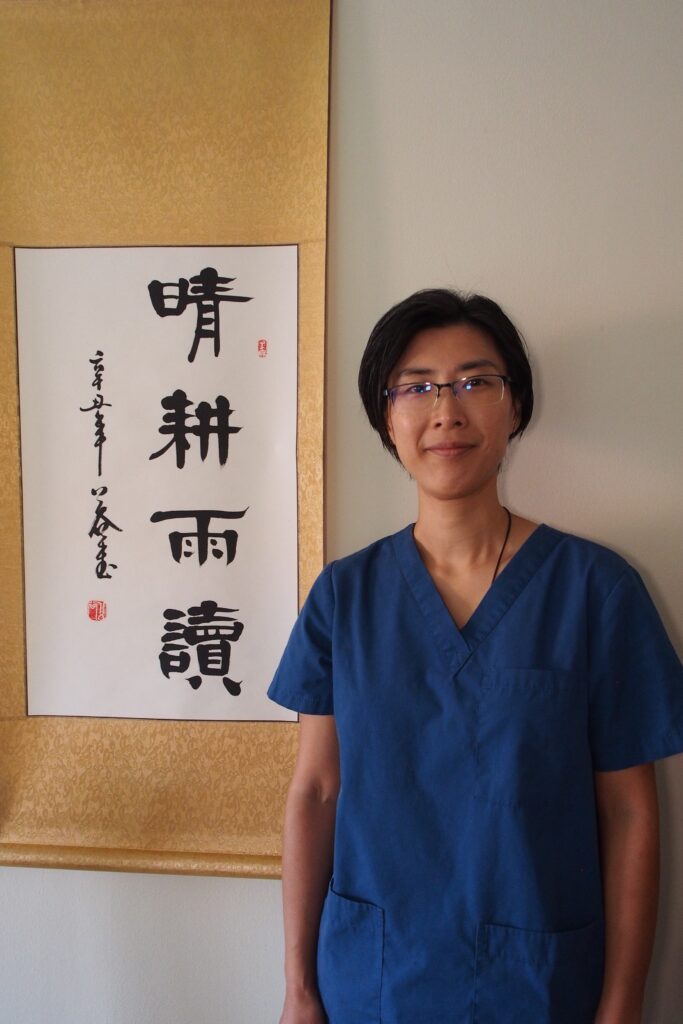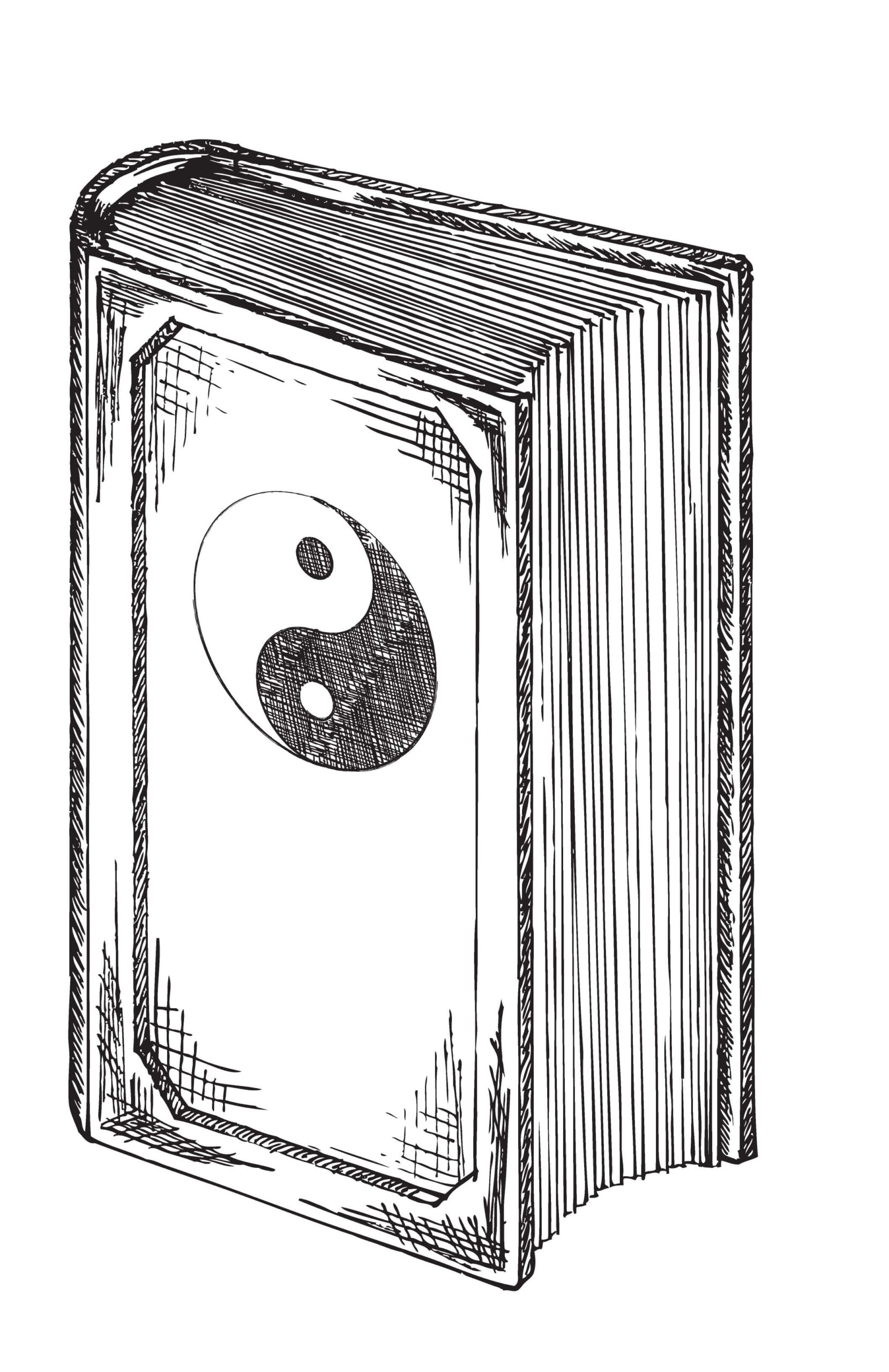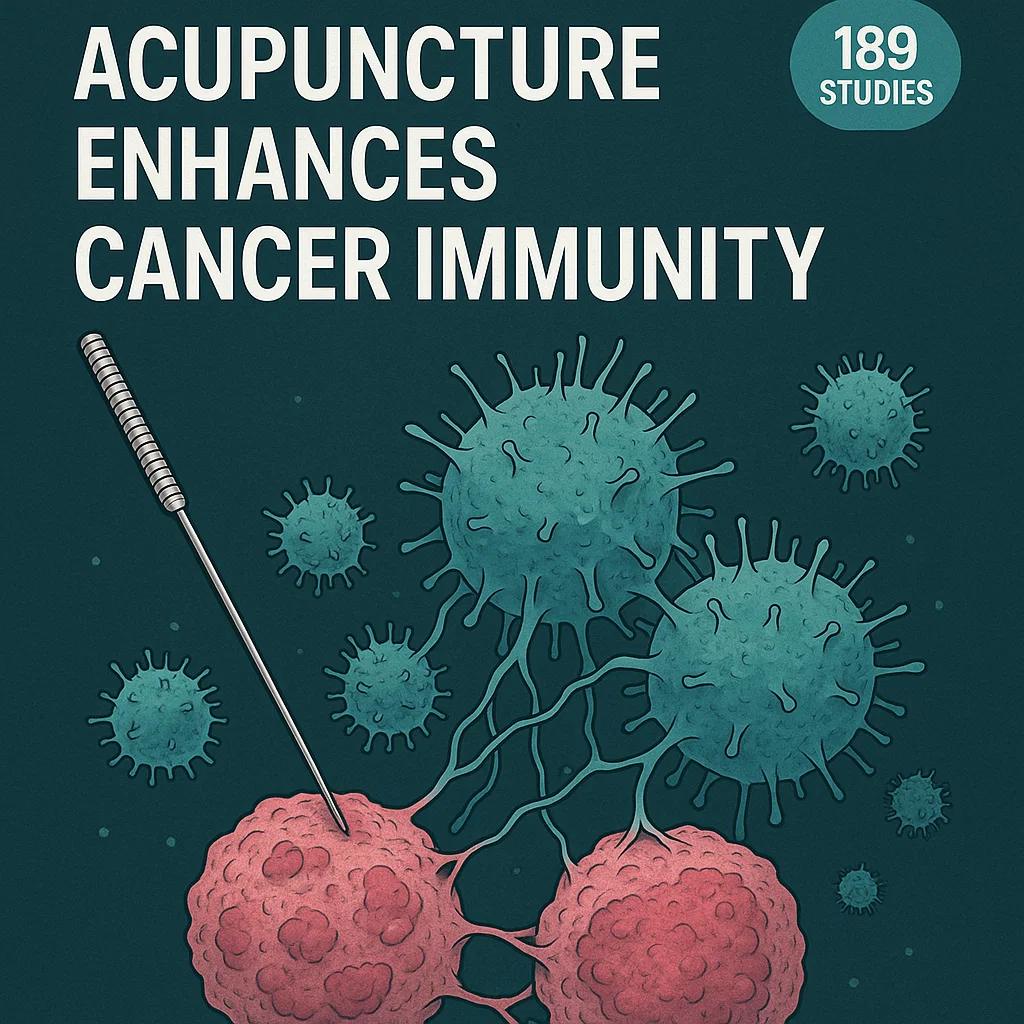Finding Harmony in Learning TCM: A Yin-Yang Approach
If studying medicine is like “drinking from a firehose” due to its vast amount of information and knowledge to get hold of in a short period of time, then studying TCM is like drinking from a firehose while juggling balls. TCM presents a unique challenge to students and practitioners due to its requirement to integrate both analytical and informational knowledge with the intuitive and metaphysical understanding of concepts like Qi, Yin and Yang, and Xiang imagery.
The good thing is that the backbone of TCM lies in a holistic and integrative worldview explaining the dynamics and interaction of different forces and phases. Integrating the philosophy of yin and yang can provide a framework for approaching these challenges. Just as yin and yang represent seemingly opposing yet complementary forces in constant flux, TCM learning requires a similar dance between active and passive learning, engaging both left and right brain functions.
Applying Yin-Yang Principles to TCM Learning as a student:
- Active Learning (Yang):
- Before Class Preparation (Yang within Yin): While pre-class reading might seem passive (yin), actively engaging with the material beforehand can be seen as a yang approach within this yin phase. For instance, instead of just reading, spend time memorizing key headings, and creating a mental “skeleton” of the topic before the lecture. This proactive step fosters active listening and better absorption of information during the lecture (a yang activity).
- In-Class Engagement (Embracing Yang): Asking questions in class, engaging in discussions, and actively seeking clarification on confusing points are all yang approaches to learning. These actions demonstrate a proactive engagement with the material, fostering deeper understanding.
- Post-Class Synthesis (Transforming Yang to Yin): Condensing lecture notes into concise study aids like flowcharts or diagrams represents a shift from active information gathering (yang) towards a more internalized understanding (yin).
- Passive Learning (Yin):
- Reflective Observation (Yin within Yang): While active practice is crucial, TCM also emphasizes observation and intuition. Quietly reflecting on a patient’s presentation, sensing their energy, or contemplating the nuances of pulse diagnosis are all yin aspects of TCM learning. While seemingly passive, these practices are essential for cultivating a practitioner’s focus and sense, deepening the philosophical concepts’ understanding, and enabling the practitioner to read the dynamics of forces and find the corresponding intervention.
Openness to Intuition (Embracing Yin): TCM acknowledges the limitations of pure logic; intuition plays a crucial role in diagnosis and treatment. This requires surrendering to a certain degree of “not knowing” (yin) and trusting the subtle cues and insights that arise from deep observation and experience.
Bridging Left and Right Brain Learning through Yin-Yang:
TCM requires a balance between left-brain analytical thinking and right-brain intuitive understanding. Integrating both the left and right brain is the key to effective learning and solid clinical logic.
- Left Brain (Analytical): Utilize the left brain’s strength in memorization, differentiation of patterns, and constructing herbal formulas. Active memorization techniques and organized study aids like chart, diagrams, songs, flashcard can be beneficial.
- Memorization: Leverage rote memorization techniques (flashcards, spaced repetition, mnemonics) for herbs, formulas, acupuncture points, and their properties. This approach forms the foundational knowledge base of TCM.
- Differentiation of Patterns: Utilize analytical skills to compare and contrast different TCM patterns, symptoms, and diagnoses. Charts, tables, and structured frameworks can enhance this process.
- Right Brain (Intuitive): Employ the right brain’s strength in understanding and sensing a person’s most subtle signs like the colour changes in a certain area, how the eye “shines”, how the pulse is passing through the touch of the practitioner’s finger, etc. This involves mindful practice, self-reflection, and observing patient responses.
- Sensing Qi: Cultivate awareness of Qi through practices like qigong or tai chi. Developing sensitivity to energy flow enhances diagnostic and treatment skills.
- Clinical Observation: Practice mindful observation of patients beyond their verbalized symptoms. Pay attention to their body language, energy, and emotional state to develop intuitive diagnostic skills.
Practical Examples for Young Practitioners
- Applying Knowledge (Transforming Yin to Yang): Don’t wait until you feel “ready” to start practicing the application. Use every opportunity as a tool to understand the level of detail required and to identify areas needing further review.
- Before Seeing a Patient (Yang within Yin): Instead of just reviewing the patient’s chart, take a few moments to quietly center themselves and meditate. Then actively review key diagnostic points related to the patient’s condition, mentally preparing for the consultation (yang within this yin phase).
- During a Consultation (Balancing Yin and Yang): While actively asking questions to gather information (yang), the practitioner can also practice mindful listening and observation, paying attention to the patient’s energy and subtle cues that might go beyond the spoken word (yin).
- After a Treatment Session (Transforming Yang to Yin): Instead of immediately moving on to the next patient, take a few minutes to reflect on the session (yin). Jot down notes about the patient’s response to treatment, any intuitive insights that arose, and areas where they might want to explore further research or seek guidance from a mentor (transforming the active treatment session into a reflective learning opportunity).
- Developing a Daily Routine (Yin-Yang Harmony): Incorporate both active and passive elements into the daily routine: have a fixed sleep schedule to cultivate the yin, then a morning qigong practice to transform yin to yang followed by focused study of a specific TCM topic (yang), for instance.
Actionable Tips:
- Create a Personalized Yin-Yang Study Schedule: Alternate between periods of intense, focused study (yang) and moments of rest, reflection, and integration (yin). Find a balance that works for your energy levels and learning style.
- Embrace the Unknown: Don’t be discouraged by the vastness and complexity of TCM. Approach learning with a beginner’s mind, accepting that true mastery is a lifelong pursuit.
- Cultivate Self-Awareness: Recognize when you might be overemphasizing one aspect (yin or yang) and seek balance. If you find yourself overwhelmed by memorization, take time for quiet reflection or qigong practice to reconnect with the intuitive side of TCM.
- Find a Supportive Community: Connect with fellow students and experienced practitioners who can offer guidance and encouragement. Sharing challenges and insights can foster a sense of community and support.
- Embrace the Learning Curve: Accept that TCM is a lifelong learning journey. It’s normal to feel confused or frustrated at times.
- Combine Study Methods: Experiment with different study techniques and find what works best for you, incorporating both left and right brain approaches.
- Seek Guidance: Don’t be afraid to ask for help from professors, mentors, or fellow students.
- Manage Frustration: Practice self-compassion and focus on your progress. Celebrate small victories and view setbacks as learning opportunities.
- Remember Your Purpose: Reconnect with your motivation for pursuing TCM. Reflect on your desire to heal and help others, especially when facing challenges.
By embracing the cyclical and complementary nature of yin and yang, and developing active learning strategies with a conscious effort to integrate left and right brain functions, TCM students and practitioners can navigate the inherent complexities of this ancient medicine and ultimately become more confident and skilled practitioners.

Rachel Cheng, RCMP (Hong Kong)
Rachel Cheng‘s journey into Traditional Chinese Medicine (TCM) began in her teenage years at an acupuncture clinic. Captivated by this ancient healing art, she pursued a Bachelor’s and Master’s degree in TCM and Acupuncture at Hong Kong Baptist University. As a registered Chinese Medicine Practitioner in Hong Kong, Rachel gained extensive experience in general practice, managing a broad spectrum of health conditions. Despite seven years of rigorous academic training, the realities of clinical practice often felt both overwhelming and intricate.
A pivotal moment in Rachel’s professional development came when she undertook a three-year apprenticeship with a seasoned mentor. This mentorship filled critical gaps in her knowledge, answered longstanding questions, and opened doors to new possibilities that formal education had not fully explored.





